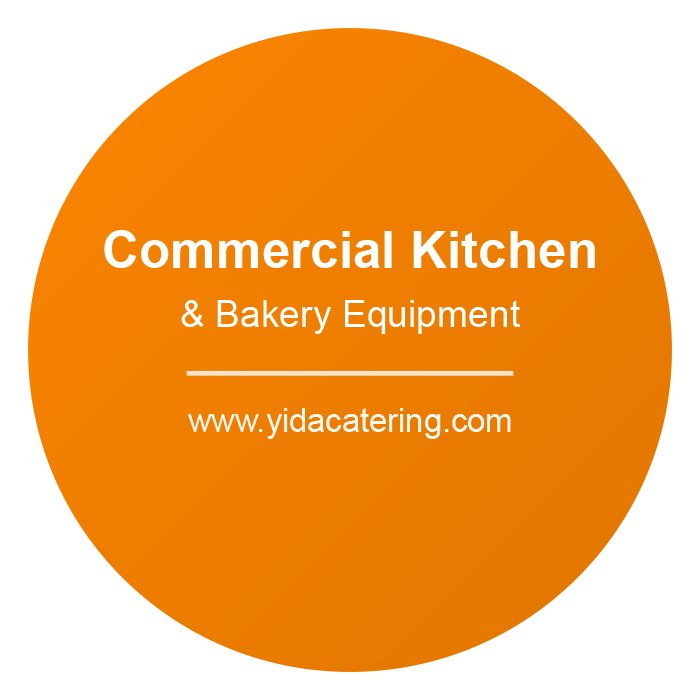In the heart of every successful bakery lies a crucial piece of equipment that transforms raw dough into delectable masterpieces: the commercial bakery oven. Understanding how these sophisticated machines work can help bakery owners make informed decisions that directly impact product quality, consistency, and business profitability.
The Foundation of Baking Excellence
Commercial bakery ovens are marvels of engineering designed specifically to provide the precise conditions needed for perfect baking. Unlike residential ovens, these professional workhorses are built to handle continuous operation, maintain consistent temperatures, and provide the specialized environments required for different baking applications.
Types of Commercial Bakery Ovens
Before diving into the working principles, it’s important to understand the main types of commercial bakery ovens available:
- Deck Ovens: Feature stone or metal decks where products are placed directly
- Rack Ovens: Allow for multiple racks of products to be baked simultaneously
- Convection Ovens: Use fans to circulate hot air for even baking
- Tunnel Ovens: Utilize conveyor systems for continuous baking
- Rotary Ovens: Rotate racks during baking for exceptional evenness
The Core Principles: Heat Transfer in Bakery Ovens
Commercial bakery ovens operate through three primary heat transfer methods:
1. Conduction
Conduction occurs when heat transfers directly from the hot surface of the oven to the dough. In deck ovens, this is particularly important as the baking surface transmits heat directly to the bottom of bread loaves or pastries, creating that perfect crust. The material of the deck—whether ceramic, stone, or metal—affects how heat conducts and ultimately influences the final product.
2. Convection
Convection involves heat transfer through air movement. Convection ovens use powerful fans to circulate hot air throughout the baking chamber. This creates a more uniform baking environment and can reduce baking times by up to 25% compared to traditional ovens. The circulation of hot air ensures even browning and consistent results across multiple batches.
3. Radiation
Radiant heat travels in straight lines from the heat source to the baking product. In many ovens, heating elements or gas burners emit infrared radiation that penetrates the surface of baked goods. This radiation is particularly important for creating beautiful golden-brown crusts on bread and pastries.
Temperature Control Systems: The Brain of the Operation
Modern commercial bakery ovens incorporate sophisticated temperature control systems that ensure precision throughout the baking process:
- Digital Controllers: Allow bakers to program specific temperature profiles for different products
- Thermocouples and RTDs: Sensors that continuously monitor temperature throughout the oven cavity
- Modulating Burners: Adjust flame intensity to maintain precise temperatures
- PID Controllers: Use complex algorithms to anticipate temperature changes and adjust accordingly
These systems work together to maintain temperatures within 1-2°F of target settings—essential for consistency in commercial baking operations.
The Magic of Steam Injection
One of the most important features distinguishing commercial bakery ovens from residential models is steam injection capability. Here’s how it works:
- Water is introduced into a heated chamber or directly onto hot surfaces within the oven
- The water instantly vaporizes, creating steam that fills the baking chamber
- This steam transfers heat efficiently to the dough surface
- The moisture prevents premature crust formation, allowing for maximum oven spring
- Steam condenses on the cool dough surface, gelatinizing starches for a glossy finish
The precise timing and amount of steam are critical factors in achieving perfect results, especially for artisan bread with its characteristic shiny, crisp crust.
Energy Sources and Efficiency
Commercial bakery ovens may be powered by:
- Electric elements: Provide precise temperature control and clean operation
- Natural gas: Offers cost efficiency and rapid temperature recovery
- Oil: Sometimes used where gas is unavailable
- Wood: Used in specialty artisan bakeries for unique flavor profiles
Modern commercial ovens incorporate energy-efficient designs including:
- Improved insulation to prevent heat loss
- Heat recovery systems
- Programmable operation to reduce idle time
- Zone heating options to use only necessary sections
How Oven Design Affects Baking Quality
The design elements of a bakery oven directly impact the quality of baked goods:
- Heat distribution: Affects evenness of baking and prevents hot spots
- Steam capacity: Determines crust development and oven spring
- Air circulation patterns: Influences moisture removal and browning
- Thermal mass: Affects temperature stability and recovery time
- Door design: Impacts heat retention during loading and unloading
Specialized Features for Different Baking Needs
Commercial ovens often include specialized features designed for specific baking applications:
- Stone hearths: Ideal for artisan bread baking
- Variable fan speeds: Allow adjustment for delicate pastries
- Multiple temperature zones: Enable simultaneous baking of different products
- Programmable recipes: Store specific time and temperature settings for consistent results
- Rotating racks or turntables: Ensure even exposure to heat
Conclusion: The Right Oven for Baking Success
Understanding how commercial bakery ovens work is essential for anyone serious about the baking business. The perfect oven transforms not just dough into bread, but passion into profitability. The right equipment, properly understood and operated, becomes a baker’s most valuable partner in creating consistently excellent products that keep customers coming back.
Whether you’re establishing a new bakery or upgrading existing equipment, investing time to understand the science behind these sophisticated machines will help you make choices that align with your specific baking needs, product lineup, and business goals.

